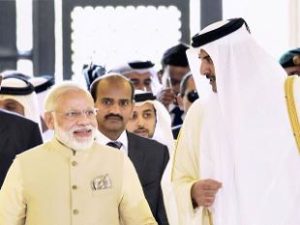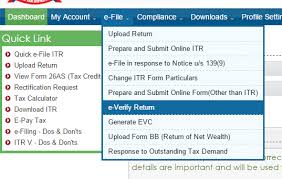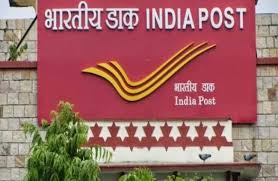
DOHA: With Qatar having the world’s third largest gas reserves and being India’s largest supplier of liquefied natural gas (LNG), both countries are expected to give a fillip to cooperation in the hydrocarbons sector .
Qatar has gas reserves exceeding 900 trillion cubic feet (25 trillion cubic metres) or 14 per cent of global reserves. It is the largest LNG exporter in the world.
The Gulf Cooperation Council member accounted for 65 per cent of India’s total LNG imports last fiscal.
India is also hoping to tap the Gulf nation’s sovereign wealth fund, estimated at $300 billion, for infrastructure projects.
Prime Minister Narendra Modi , who is visiting Doha on the second leg of his five-nation foreign tour, praised the role of the Emir of Qatar in promoting business ties with India.
Modi on Sunday also invited Qatari industry leaders to invest in India.
“India is a land of opportunity. I have come to personally invite you to take advantage of this opportunity,” Modi said, according to a tweet by India’s Ministry of External Affairs (MEA) spokesperson Vikas Swarup.
“Business First. For first engagement of the day, PM attends roundtable meeting with Qatari Business Leaders,” the spokesperson said in another tweet following Modi’s meeting here with business leaders.
“Qatar’s Minister of Trade and Economy welcomes PM Narendra Modi, seeks more intensive eco engagement with India,” it added.
This is the second prime ministerial visit from India to energy-rich Qatar in eight years after Manmohan Singh’s visit in 2008.
“It can also be a large economic partner as it has a large sovereign wealth fund,” Foreign Secretary S. Jaishankar said on Friday in a pre-departure media briefing.
Bilateral trade between India and Qatar stands at $10 billion.
Earlier this year, India re-negotiated favourably its LNG agreement with Qatar to bring down the cost of importing natural gas to less than $5 per unit from $12.
In return for the renegotiation, India’s Petronet LNG has signed an agreement for additional import of one million tonnes of LNG per year from Qatar’s Ras Gas for about 12 years with effect from January 1, this year, at the prevailing market prices.
Ras Gas will also not seek Rs.12,000 crore from Petronet for under-lifting LNG by 38 per cent.
The new contract is effective from January 1, 2016, and ends in 2028.
Modi addressed Indian workers at a medical camp in Doha on Saturday night. There are 6,30,000 Indians living in Qatar comprising the largest expatriate community in that country.
Modi, who arrived here from Afghanistan, will also visit Switzerland, the US and Mexico during his seven-day sojourn.
Source: http://economictimes.indiatimes.com/articleshow/52603895.cms






